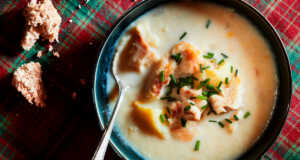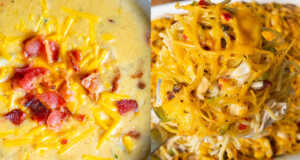Unless you buy measly single-serve portions, when you eat make rice, you MAKE rice, like A LOT. The sad part is not all leftovers can be treated the same. In the case of this side dish, the question always arises — just how safe is leftover rice?
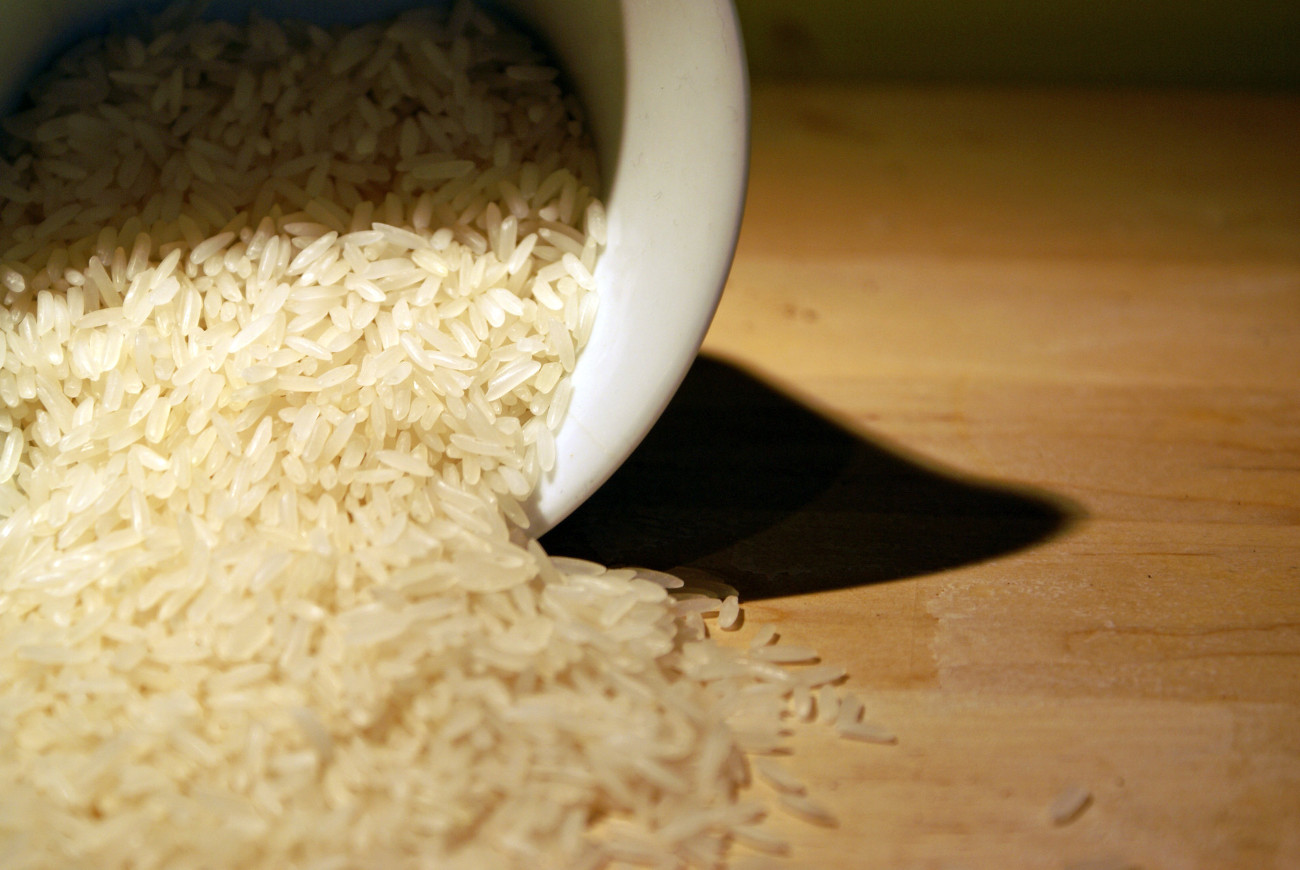
The truth is not all bacteria are created equal. Some bacteria are killed off with heat, some are not. When it comes to bacillus cereus, it is one tough bacteria. Though this bacteria is present in other foods like potatoes, peas, and beans, it loves rice. Bacillus cereus spores are present on uncooked grains of rice and survive the high cooking temperature of boiling water.
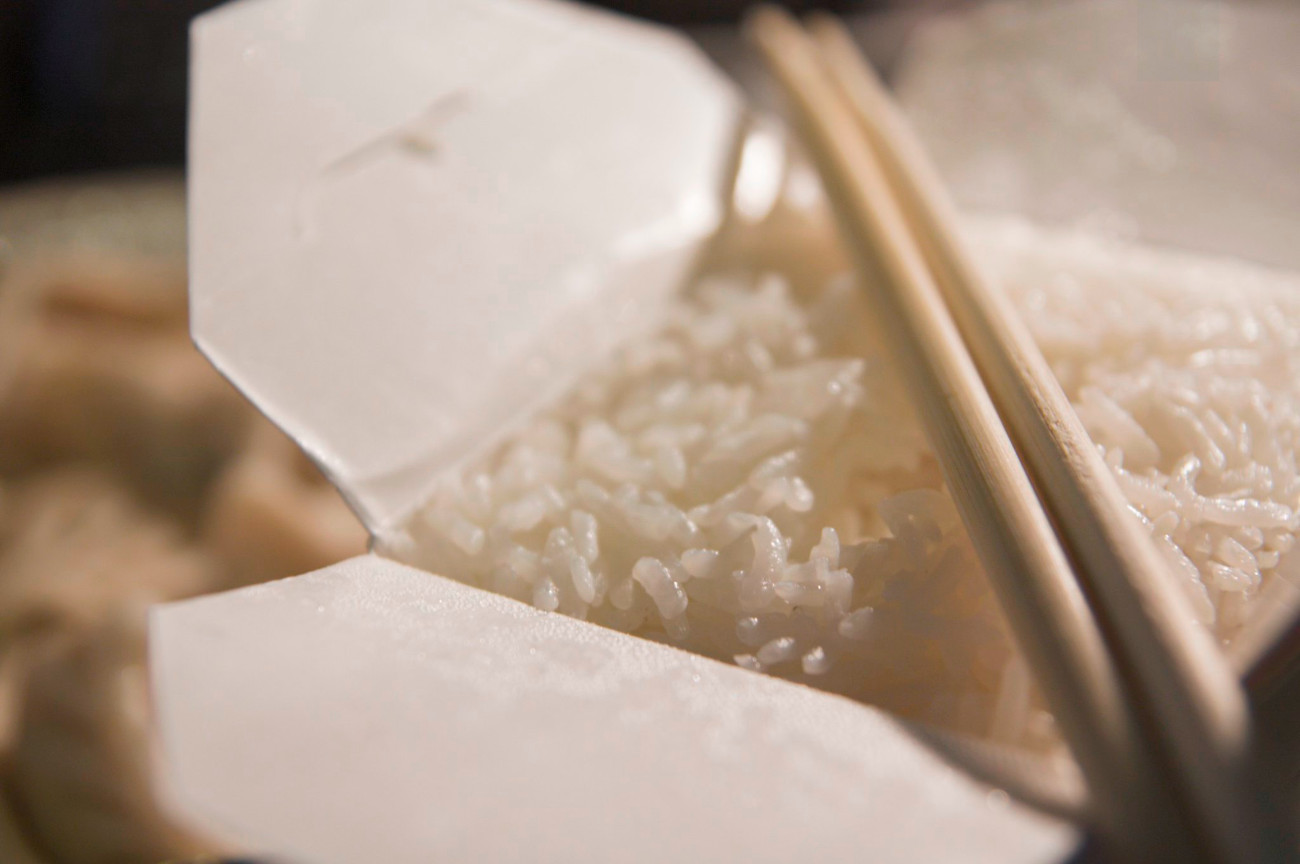
This bacteria doesn’t always cause a problem (because you don’t get sick every time you eat rice). However, the problem arises once cooked rice gets into the danger zone ranging between 40°F to 140°F.
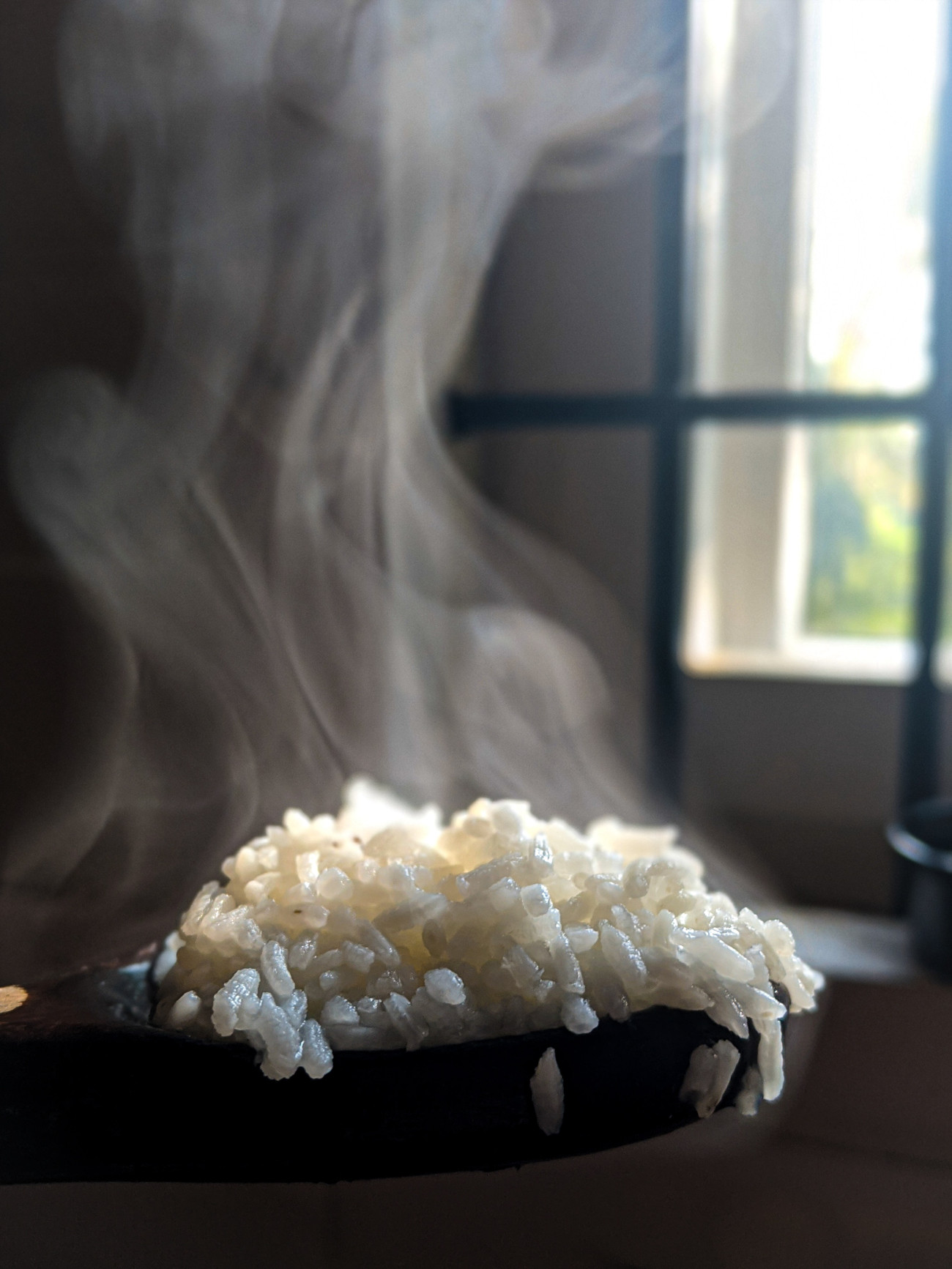
Rice when cooked in a very moist and rice’s comfortably warm environment creates the best situation for bacillus cereus spores to multiply. As the bacteria spores multiply, they can emit toxins. It’s these toxins that cause food poisoning.
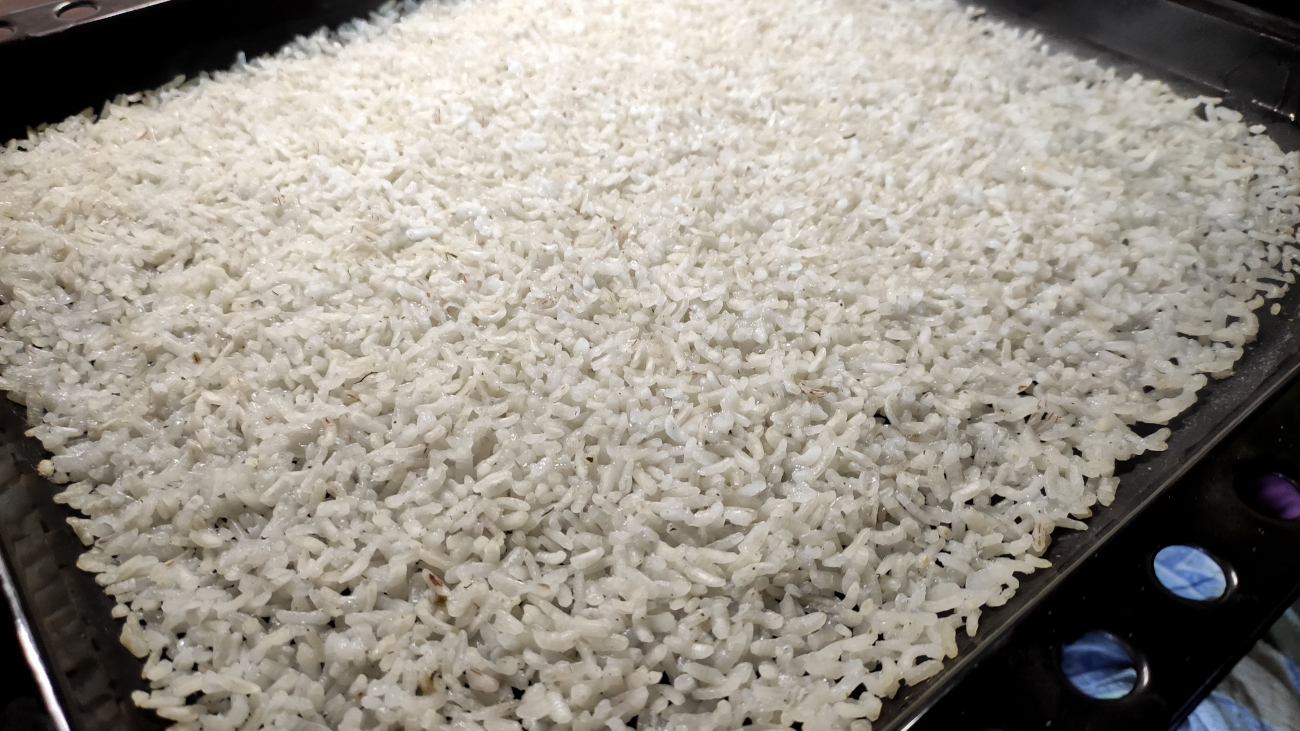
To make leftover rice safe to eat, you have to cool the rice down fast. Many people think shoving a container into the refrigerator is enough, but take a tip from restaurants. Line the warm rice on a baking sheet, spreading it out into a thin layer, and then put it into the refrigerator. On a spread-out surface area, the rice can get colder quicker. Once it cools down, you can transfer the rice into a container with a lid.
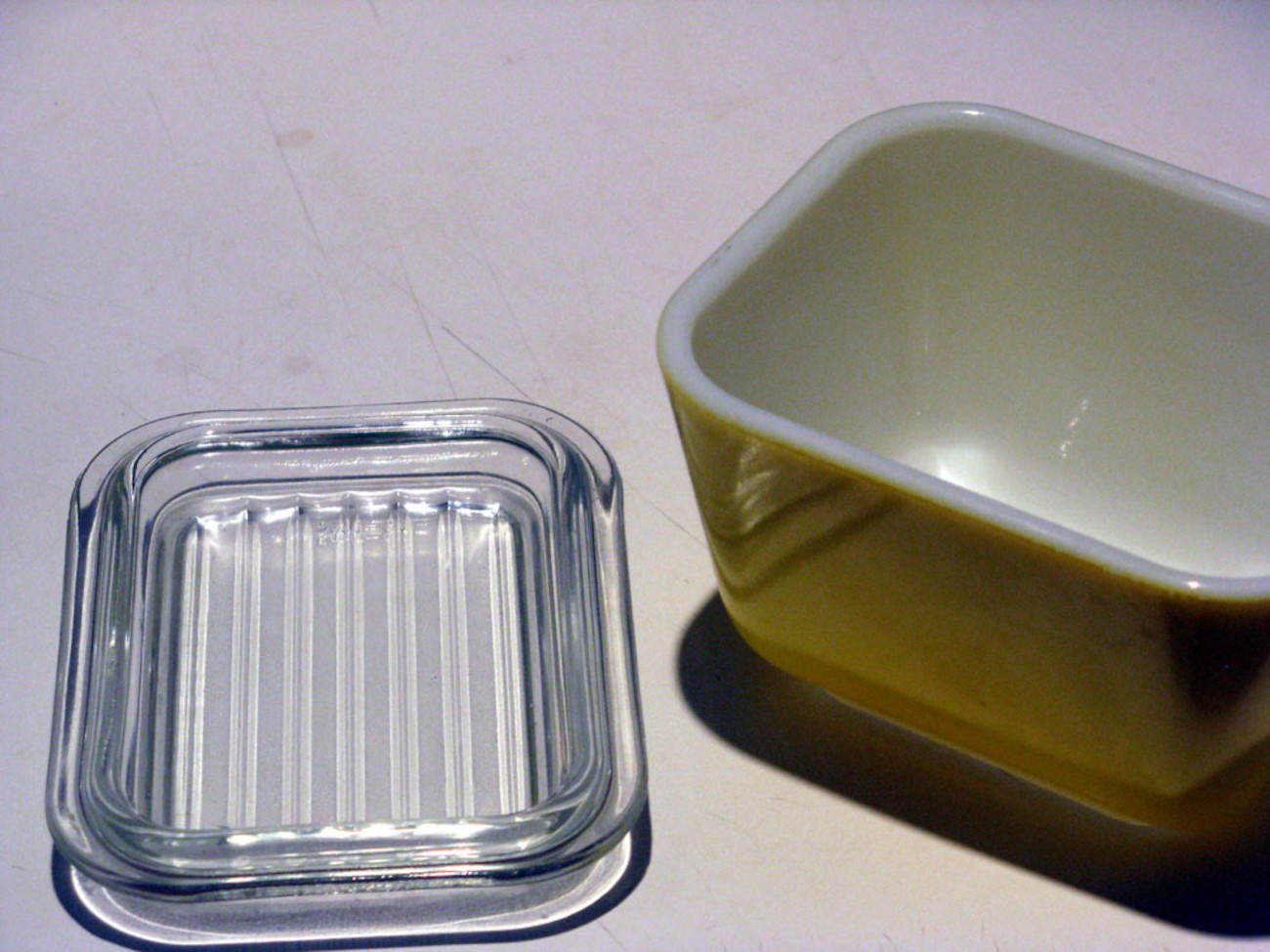
When it comes to takeout, be conscientious of time. The reality is that you don‘t know how long the rice has been sitting warm at the store and on your counters. If you’re not eating the takeout right away, put the rice in the refrigerator, reheating it as you need. But holding onto rice too long after you buy takeout opens up the possibility of the bacteria growing. While throwing out food can seem wasteful, if it’s too old, don’t risk it.







